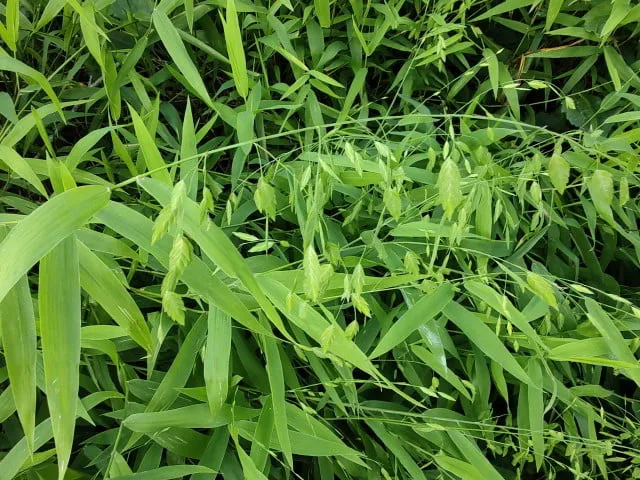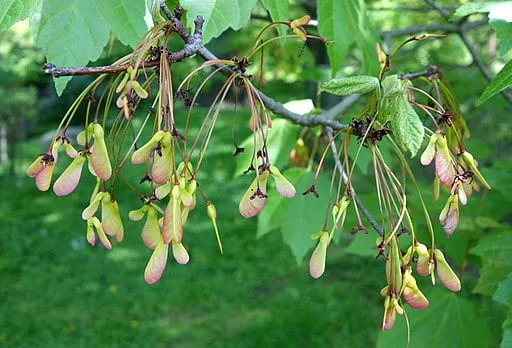A Comprehensive Guide to Indian Wood Oats (Chasmanthium latifolium)
Indian Wood Oats (Chasmanthium latifolium) is a herbaceous perennial that is found in the eastern part of the southwest, southern mid-west and eastern United States, except New England. This plant is a host plant to six species of butterflies, most of them skippers. This grass species is often found in floodplains that get partial shade and have moist soil conditions. The green flowers come out in the late summer to fall.









